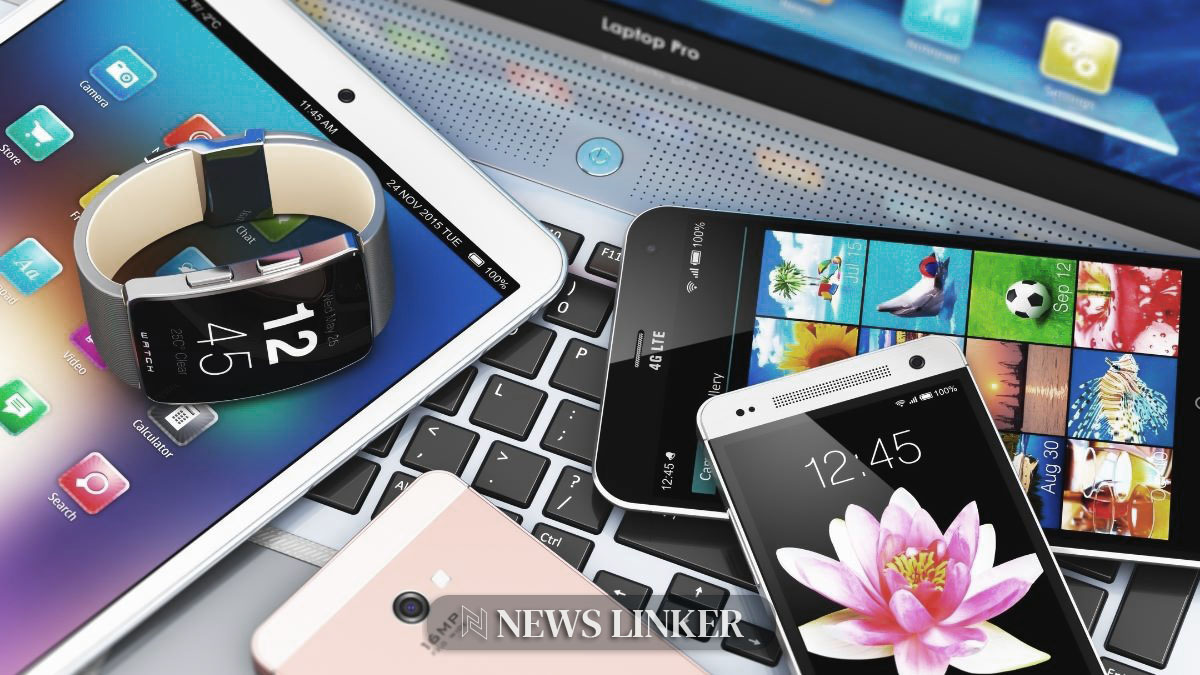In the ever-evolving landscape of consumer electronics, repair policies play a significant role in determining a product’s longevity and consumer satisfaction. Apple Inc. has recently implemented a change in their iPhone repair policy, a move that marks a notable shift from the company’s historically stringent stance on the use of only genuine parts for repairs. This policy adjustment allows for a broader acceptance of used parts in the repair process, potentially reducing costs and extending the life of devices for consumers who prefer an economical and environmentally friendly alternative to purchasing new phones.
Shift in Repair Paradigm
The reevaluation of repair policies concerning the use of second-hand parts represents a significant shift in Apple’s approach to servicing its devices. Previously, the company maintained a firm policy that encouraged the use of new, genuine parts for any repairs, often leading to higher costs for consumers and implications for independent repair shops. This change not only aligns with growing consumer demand for sustainable options but also supports the right-to-repair movement that has gained momentum across various industries and legislative bodies.
Impact on Independent Repair Shops
Independent repair shops stand to benefit from this policy change, as they can now offer more competitive pricing by sourcing and using high-quality used iPhone parts. This opens the market for third-party repair services and potentially lowers repair costs, providing consumers with more options outside of Apple’s authorized service providers. Additionally, this development could lead to an increase in the availability of second-hand parts, fostering a market that supports sustainability by reducing electronic waste.
Context from Previous Reporting
In previous reporting by The Verge in an article titled “Apple’s Self Service Repair program comes with a catch,” a discussion on Apple’s initial steps towards giving consumers more control over their device repairs was highlighted, though it was noted that the program came with certain restrictions. Another report by Wired, in their article “Apple’s iPhone Repair Program Needs to Go Further,” critiqued the company’s self-service repair program, arguing for further expansion and flexibility to truly empower consumers. These articles provide insightful context into the gradual shift in Apple’s stance towards repairability, setting the stage for the current policy update.
Useful Information for the Reader
Stakeholders in the consumer electronics space, including device owners and repair professionals, have long advocated for more flexible repair policies that cater to the interests of consumers and the environment. Apple’s recent policy change demonstrates a response to these demands. By allowing the use of high-quality used parts in iPhone repairs, consumers can benefit from more affordable repair options and contribute to sustainability efforts by minimizing e-waste. This policy change could also encourage other manufacturers to adopt similar practices, potentially leading to a more repair-friendly ecosystem within the technology industry.
- Apple’s policy shift may influence broader industry repair practices.
- Reduced repair costs and e-waste contribute to sustainability.
- Consumer demand and right-to-repair movement drive policy changes.










